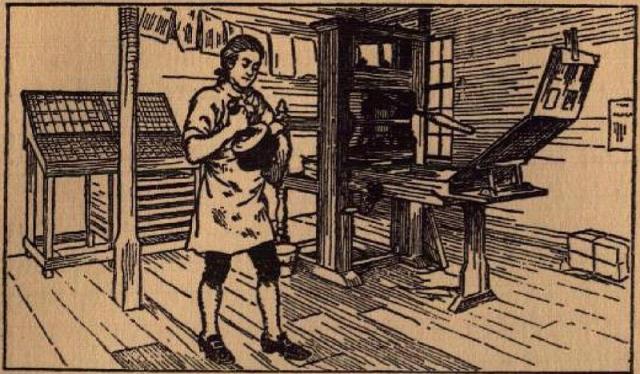A Short Note on Shorty
The hero of Owen Wister's The Virginian argues that the US Declaration of Independence's statement that "all men are created equal"
is a great big bluff. It's easy called. [...] Wait, and let me say what I mean." He had made an imperious gesture with his hand. "[...] I know a man that works hard and he's gettin' rich, and I know another that works hard and is gettin' poor. He says it is his luck. All right. Call it his luck. I look around and I see folks movin' up or movin' down, winners or losers everywhere. All luck, of course. But since folks can be born that different in their luck, where's your equality? No, seh! call your failure luck, or call it laziness, wander around the words, prospect all yu' mind to, and yu'll come out the same old trail of inequality." (Chapter 12)
The narratorial voice then takes up the theme, explaining that when all men were declared equal, what was truly meant was that all men were to be granted equality of opportunity so that all those who enjoyed economic success could henceforth be assumed to have done so on the basis of their own merit and, consequently, be deemed to be better than those who were unsuccessful:
we decreed that every man should thenceforth have equal liberty to find his own level. By this very decree we acknowledged and gave freedom to true aristocracy, saying, "Let the best man win, whoever he is." Let the best man win! That is America's word. That is true democracy. (The Virginian Chapter 13)
As William R. Handley notes, "Wister omits his belief that only Anglo-Saxon men need sign up for the contest" (68) but it is noticeable that in The Virginian a party of Native Americans and, later, a Hispanic, attempt to kill the Anglo-Saxon hero and fail: he triumphs and they either die or are confined to a reservation.
In Wister's hierarchical vision of humanity, inequality also arises from differences in intellectual abilities; the Virginian is ingenious and able to plan ahead whereas Shorty is easily tricked and resembles "a yellow dog that is lost, and fancies each newcomer in sight is going to turn out his master" (Chapter 14). Whereas the handsome Virginian "succeeds in climbing the ladder of social and economic mobility and winning the hand of the aristocratic but not-so-wealthy schoolmarm" (Stoeltje 249), Shorty is a dupe who loses his most prized possession, turns to crime and is eventually shot dead by someone he trusted.
I would like to suggest that "poor stupid Shorty" whose "honesty had not been proof against frontier temptations" (Chapter 30) is a character with what in those days would have been classified as a "feeble mind" and in ours would be said to have learning difficulties or an intellectual disability. The Virginian describes him as a "Poor fool!" (Chapter 23) and adds that "he will never get wise. It was too late for him to get wise when he was born" (Chapter 23).
In the late nineteenth and early twentieth centuries it was thought that the feeble minded were prone to being led into criminality, as Shorty is. For instance, in 1886 Catharine Brown wrote that
we have not yet been able to strengthen the will nor develop the moral nature to a degree that can enable the great majority of the feeble-minded as they pass from our schools, to cope single-handed with the evil there is in the world. The man of weak intellect ... will deteriorate till his last state be worse than the first. Because he has been lifted up a little way he has more temptation, is the better fitted to become the tool of the designing, the cat's-paw of the criminal. (Trent 84)
This is exactly what happens to Shorty. He is initially sheltered to some extent by the Virginian: "it's me that has kept Shorty out of harm's way this long. If I had fired Trampas, he'd have worked Shorty into dissatisfaction that much sooner" (Chapter 23). Having been worked on by "the designing" Trampas, Shorty is destined, as the Virginian correctly predicts, to be
"[...] a handy tool some day."
"Not very handy," said Scipio.
"Well, Trampas is aimin' to train him. Yu' see, supposin' yu' were figuring to turn professional thief--yu'd be lookin' around for a nice young trustful accomplice to take all the punishment and let you take the rest." (Chapter 23)
Shorty will, in other words, become a feeble-minded "cat's paw of the criminal" as, indeed, he has been in the past:
when he was eighteen he got to be help to a grocery man. But a girl he ran with kept taking all his pay and teasing him for more, and so one day the grocery man caught Shorty robbing his till, and fired him. There wasn't no one to tell good-by to, for the girl had to go to the country to see her aunt, she said. So Shorty hung around the store and kissed the grocery cat good-by. He'd been used to feeding the cat, and she'd sit in his lap and purr, he told me. He sends money back to that girl now. (Chapter 31)
----
Handley, William R. Marriage, Violence, and the Nation in the American Literary West. Cambridge: Cambridge UP, 2002.
Stoeltje, Beverly J. "Making the Frontier Myth: Folklore Process in a Modern Nation." Western Folklore 46.4 (1987): 235-53.
Trent, James W. Inventing the Feeble Mind: A History of Mental Retardation in the United States. Berkeley: U of California P, 1994.
Wister, Owen. The Virginian. 1902. University of Virginia. 2000.

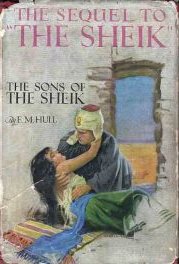 I think it's important to distinguish between novels which contain an entire romance arc and which are linked to other such novels by an ongoing cast of characters and/or adventures (e.g. E. M. Hull's The Sheik and The Sons of the Sheik, Georgette Heyer's These Old Shades and Devil's Cub or Jo Beverley's
I think it's important to distinguish between novels which contain an entire romance arc and which are linked to other such novels by an ongoing cast of characters and/or adventures (e.g. E. M. Hull's The Sheik and The Sons of the Sheik, Georgette Heyer's These Old Shades and Devil's Cub or Jo Beverley's  It is known that "Scents can influence people’s attitudes and behavior [...]. The scent of chocolate, for instance, evokes pleasure and arousal for most consumers" (Doucé et al 3). What, then, would happen if a bookshop was filled with a smell of chocolate so subtle that "none of the customers spontaneously noticed the chocolate scent" (7)?
It is known that "Scents can influence people’s attitudes and behavior [...]. The scent of chocolate, for instance, evokes pleasure and arousal for most consumers" (Doucé et al 3). What, then, would happen if a bookshop was filled with a smell of chocolate so subtle that "none of the customers spontaneously noticed the chocolate scent" (7)?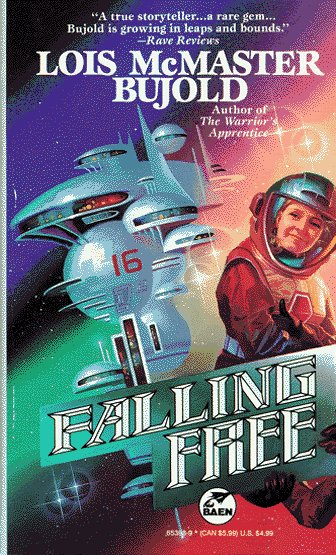 ia Cheyne's "research focuses on representations of disability and illness in fiction, especially popular genres such as science fiction, romance, horror and crime" and
ia Cheyne's "research focuses on representations of disability and illness in fiction, especially popular genres such as science fiction, romance, horror and crime" and 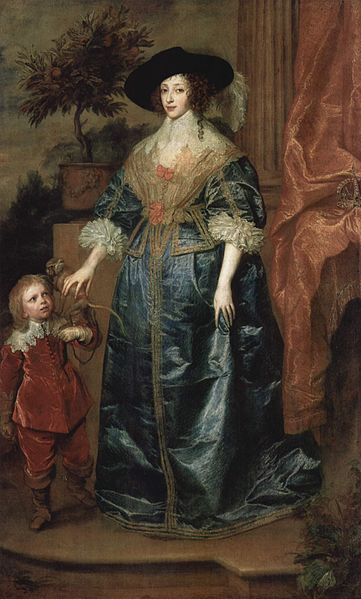 In Zorzi's case, the barriers relate primarily to his size but Anthony is restricted by his low social class and Amoret by her gender. Indeed, in the first book in the series Amoret is only able to participate in the adventure as a result of dressing as a boy. Thinking about these differing barriers in the light of the social model of disability reminded me of Aristotle's ideas about women:
In Zorzi's case, the barriers relate primarily to his size but Anthony is restricted by his low social class and Amoret by her gender. Indeed, in the first book in the series Amoret is only able to participate in the adventure as a result of dressing as a boy. Thinking about these differing barriers in the light of the social model of disability reminded me of Aristotle's ideas about women: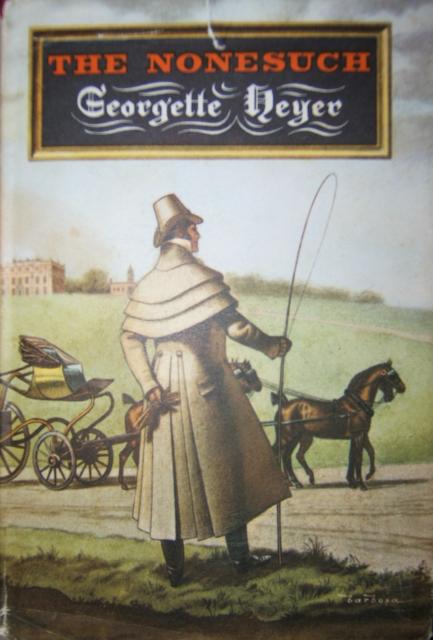 My article about Georgette Heyer is out now in the latest issue of the Journal of Popular Romance Studies. It's called "
My article about Georgette Heyer is out now in the latest issue of the Journal of Popular Romance Studies. It's called "
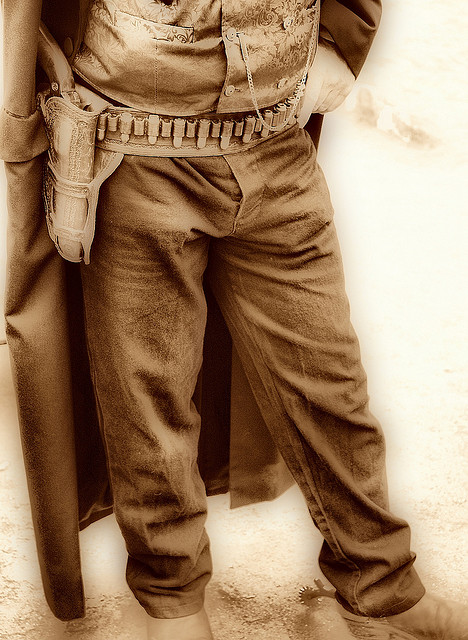 I don't think you need to be Freud to work out the symbolism of that warm pistol but if it still wasn't clear, there's a rather obvious clue in Boone's statement that "I never hired out my gun to the highest bidder. That to a man is like whorin' to a woman - the end of the line" (218).
I don't think you need to be Freud to work out the symbolism of that warm pistol but if it still wasn't clear, there's a rather obvious clue in Boone's statement that "I never hired out my gun to the highest bidder. That to a man is like whorin' to a woman - the end of the line" (218).